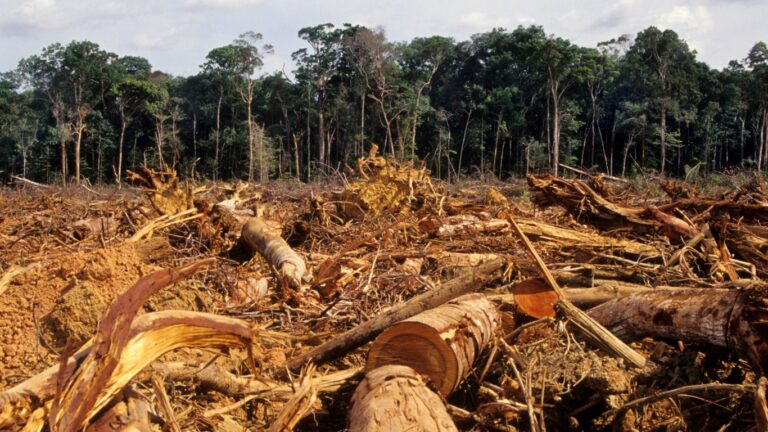Climate Crisis AM Edition 3/7/24 Hottest February Ever

According to data released yesterday, February was the hottest month on record. According to Axios, “The month’s global average surface temperature was 1.77°C (3.2°F), warmer than the estimated February average for the pre-industrial era of 1850-1900. The global-average temperature for the past twelve months, beginning in March of last year, is also the hottest on record, at 1.56°C (2.8°F) above pre-industrial levels.” What happened in February is not the issue. That the Earth is warming faster than expected is. Global warming may have already passed the climate change “point of no return” set in the Paris Agreement. That means the avalanche of drought, flood, storms, and weather that will rapidly change the lives of billions of people cannot be stopped or even slowed.
An Industry Destroyed —How Can Americans Keep Skiing
Make Money On Climate Change —The World Of Hedging
Chocolate prices continue to surge, with climate change as the sole reason. Cocoa exports from West Africa, well over half the world’s supply, have been badly battered by drought and heavy rains. Cacao futures have risen well above $6,000. The price is up 57% and is still rising. There is no reason to believe the West African climate crisis will change enough to drop prices sharply. According to CNBC, demand for chocolate has not dropped drastically, but if prices continue to rise, it could deteriorate later this year.
Arizona’s New Chief Heat Officer
The heat problem in Arizona is so severe that the state has appointed a heat officer. Dr. Eugene Livar will work for the Arizona Department of Health Services to create a heat preparedness plan. The reason for the appointment is straightforward. Parts of the state, particularly Phoenix, can have three months in a row when daytime temperatures rise to over 100 degrees F. These levels are hazardous unless people can access air conditioning for the entire day. Working outside is particularly dangerous, with few strict regulations stating how long companies can force employees to work under these conditions.
A new analysis in Nature shows that coastal flooding in the US could get worse faster than previously forecast, particularly in some especially vulnerable areas. And these dangers have become easier to track. The study is titled “Disappearing cities on US coasts/” The authors wrote, “The sea level along the US coastlines is projected to rise by 0.25–0.3 m by 2050, increasing the probability of more destructive flooding and inundation in major cities. However, these impacts may be exacerbated by coastal subsidence—the sinking of coastal land areas4—a factor that is often underrepresented in coastal-management policies and long-term urban planning.” The report also showed that sea levels along the US coast are rising faster than in other places in the world.
More from ClimateCrisis 247
- Climate Fake News Penalties May Cost Billions
- Private Jet Emissions The Same As 177 Cars
- Fight To Save Climate Is Falling Apart
- Bottle Caps Spread Microplastics To Humans






